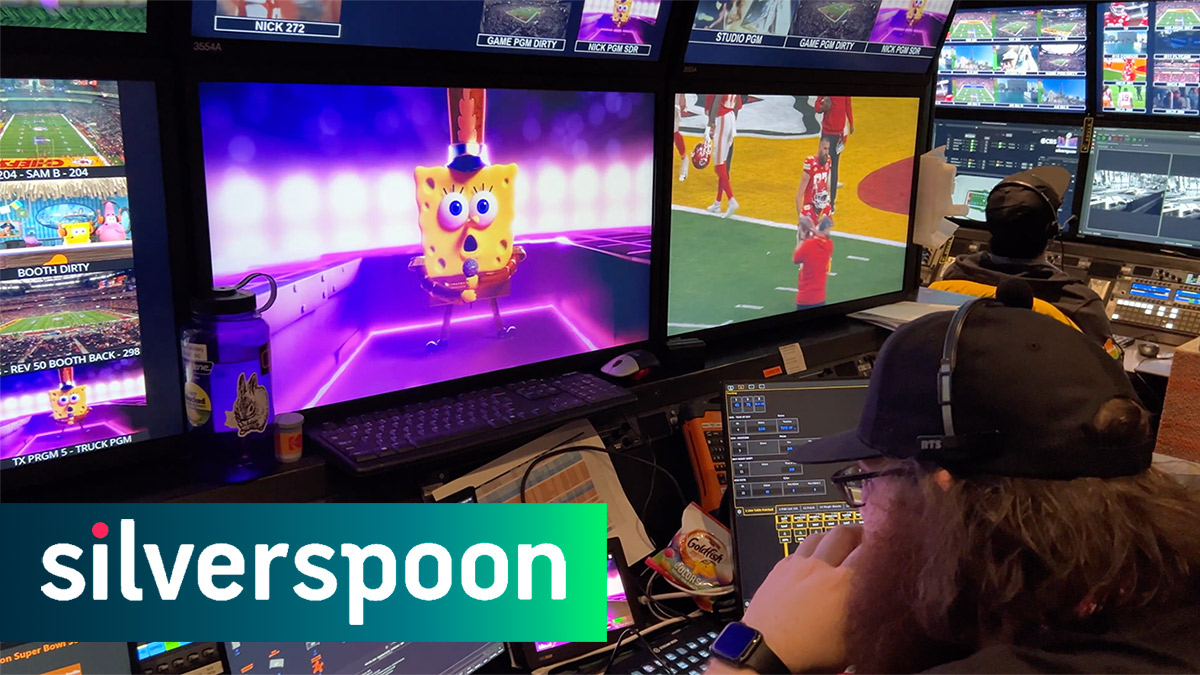Who lives in a pineapple under the sea, and apparently scored higher at Super Bowl LVIII than Travis Kelce and his famous girlfriend? If you answered SpongeBob SquarePants, you’re probably right.
The porous little fellow, a Nickelodeon star dating back to the last millennia, along with his sidekick Patrick Star, were the unlikely standouts of a brilliant bit of pop culture blending: namely, Nickelodeon’s coverage of Super Bowl 53, in which they appeared alongside human commentators Noah Eagle and Nate Burleson.
From belting out the iconic “Sweet Victory” ballad during the game’s opening segment to sliming star players in real time to adding a layer of AR graphics, animation and effects over the whole ‘football-game-as-TV-spectacular’ affair, the network’s trademark visual motifs were all over the event like linebackers on a fumble.
Driving most of this – and adding a layer of AR magic to the parallel and more traditional CBS broadcast of the same – was Silver Spoon, the New York and L.A.-based studio that’s become a go-to shop for AR, VR, XR and mixed media executions. To get the skinny on how they pulled this off, and what this dazzling capability means for brand advertisers and their agencies, we huddled with its Managing Director, Dan Pack.
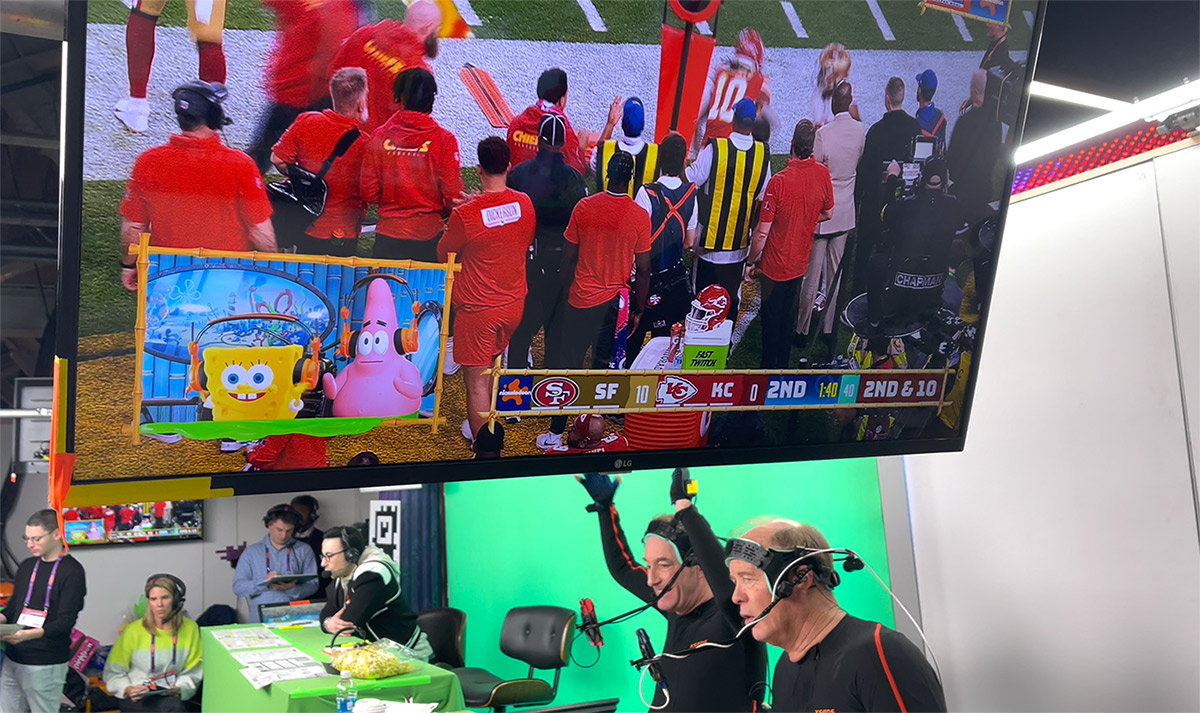
Dan has been with Silver Spoon since its launch in 2015. He points out that Supe’ 58 wasn’t the studio’s first fling with the Big Game; the studio worked on two broadcasts before, with CBS in 2021 and with Fox the following year. In both instances, they were delivering real time effects and animation and augmented reality that accompanied the live broadcasts. With this year’s game, the decision was made to kick it up more than just a notch.
“We just turned everything on its head,” says Dan, who got his start in animation and effects for TV commercials before moving Silver Spoon into the broadcast arena four years ago. “We went kind of bigger and better.” The studio had a team of over 35 people on site, supporting both the Nickelodeon and CBS shows, working from the stadium and the Bellagio hotel.
As Dan explains it, Nickelodeon had the idea of framing the game coverage around Bikini Bottom, the undersea home of SpongeBob and the gang. “And the whole idea was, how do we make it look like this is really happening in Bikini Bottom, and do it in real time? After examining lots of approaches, including generative AI, we shifted to what we know, which is mixed reality for broadcast. And like every project we do, the question was, how do we challenge ourselves to do it in a bigger way, but still retain that element of live storytelling?”
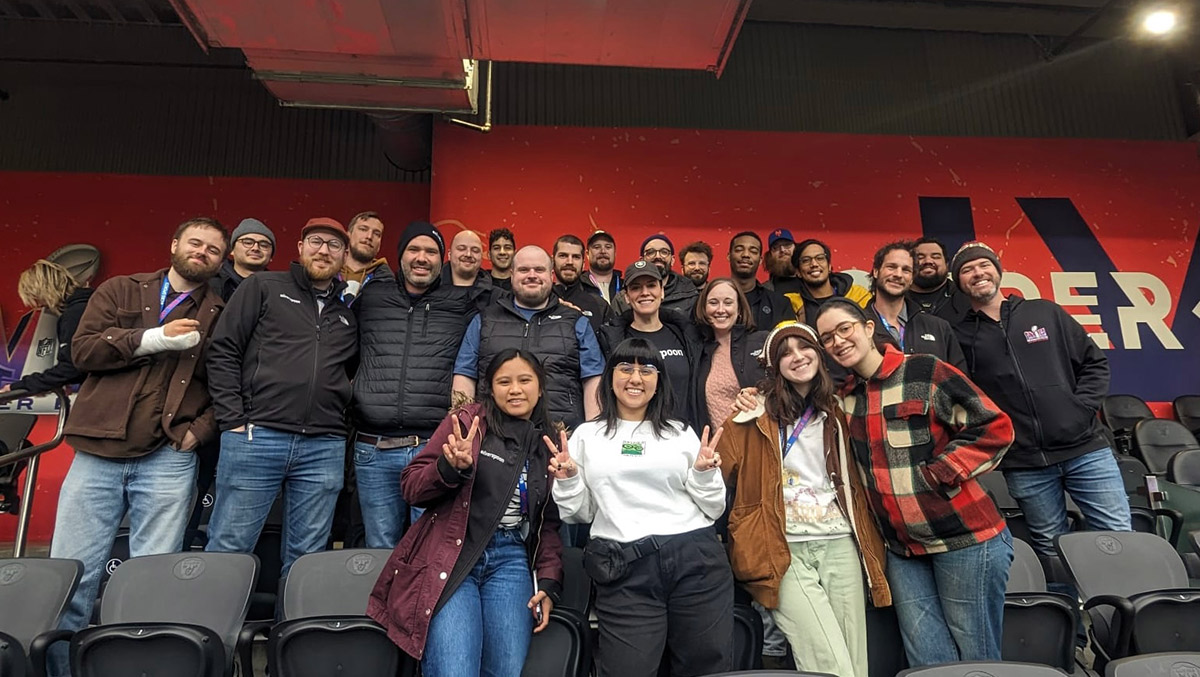
They did it by creating a virtual world within the context of Allegiant Stadium that planted it on the floor of Bikini Bottom. Working from a massive 3D Lidar scan of the building, coupled with 3D real-time camera tracking, they were able to make it look like all the elements of game coverage, including SpongeBob and Patrick’s broadcast booth, were in the stadium itself.
“The whole idea of AR, especially broadcast AR done at this quality, is to create the illusion that those graphics and those scenic elements are actually there,” Dan says. Adding touches like the sliming of players after key plays and the animation elements seen on the field, he adds, “just sold that narrative even better."
An important takeaway, too, was that these elements were able to extend to the fans in the stands as well. “It’s not only about celebrating the players, but celebrating the fans. And I think that's what the show did so well,” he notes. Social media might agree; audience reaction to the work was unanimously positive. Even Rolling Stone, not known for its sports coverage, got into the act, calling the event “an instant hit with viewers” and a “hilariously unconventional viewing experience.”
Dan credits Nickelodeon’s Executive Producer Shawn Robbins for his ingenuity. “It takes forward-thinking producers like Shawn, who understand how to use technology not as a gimmick, but as another tool in that storytelling arsenal, to make these things happen.”
Silver Spoon’s road to the Super Bowl goes back to when it was tapped to create a number of brand-focused AR ad campaigns, including work for Camping World, Planter’s and Microsoft. “The objective is always to engage viewers in a way that can’t be done within the context of a traditional commercial,” Dan observes. “To create this illusion that something’s actually happening in a way that’s larger than life is awesome. And coming from the commercial world like we do, it's about achieving a quality that’s comparable to any finished VFX work that you see, and doing it in a way so that the audience doesn't notice that it’s VFX. They’re just simply enjoying the story.”
Their work on the Big Game demonstrates an angle that Dan thinks should be particularly attractive to brand advertisers, and that’s their ability to take existing IP in almost any form and make it come to life in new and exciting ways. “It’s not just taking real time technology, but also taking what is typically pre-rendered animation, and combining all of that together to tell a bigger story,” he explains.
Silver Spoon’s chops in sporting events holds tremendous promise for brands going forward, Dan suggests. Since being acquired in 2023 by AE Live, the UK-based provider of data solutions and broadcast graphics, the company has been looking beyond the US for opportunities, and there are plenty.
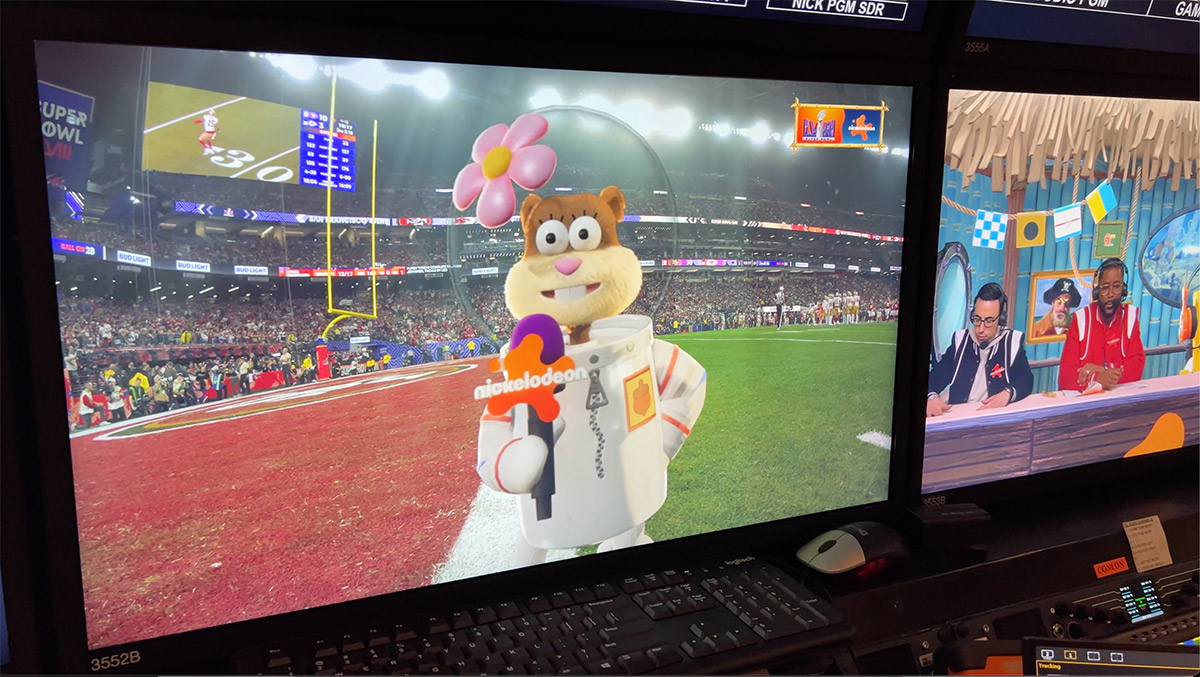
“The great thing about this new way of storytelling is how it transcends borders,” Dan observes. “Now we’re looking at projects from India to South Africa and across Europe.” He’s referring not just to the FIFA World Cup, which will unspool across multiple continents in 2026, but to the Cricket World Cup as well, with an audience that dwarfs all others. While this past Super Bowl reached over 125 million, the Cricket championships will soar closer to a billion. And then there’s rugby, which has its eyes set on the American marketplace.
“It’s just staggering,” says Dan. “The potential is enormous for brands that want to reach that many people, and do it in a captive way. No one gets up and walks away from the play to get a snack. This is a way to get your message out there in a unique fashion that inspires people to go out and talk about it. I mean, they’re still posting online about the Nickelodeon stuff. Only the very best viral commercials have ever achieved that.”
They’re also leading the charge for Simian, about which Dan has nothing but high marks. “For us, it’s all about first impressions. While a lot of people know our work by word of mouth, at the same time, they want to see our capabilities, or what we've done before. And Simian has provided a constantly reliable platform to showcase all of our work immediately to our clients. Again because we’ve used it so consistently since we launched Silver Spoon nine years ago, I can go back to that file I uploaded on day one and it’s there. Simian lets us share that, and showcase it to the world.”
MORE FROM THE SIMIAN BLOG

Valiant Pictures’ Quest for Fresh Voices and Diverse Viewpoints
Valiant Pictures is a lot of things. On one hand, they’re an independent production company of diverse creative...
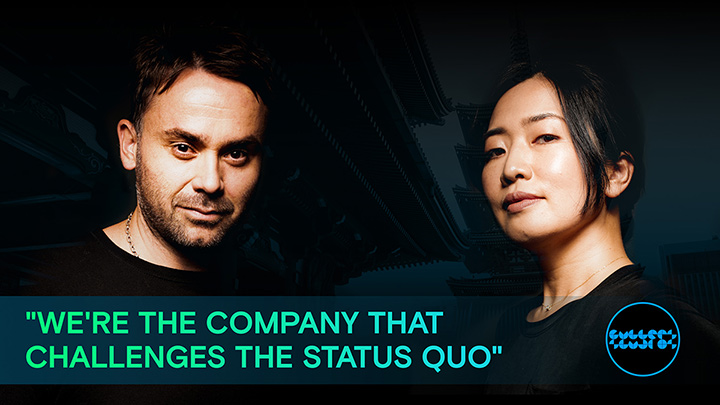
Tokyo Drift: Cutters Studios’ Carves Out its Own Niche
It goes without saying that Cutters Studios is one of the most recognizable names in the post production sphere, but ...
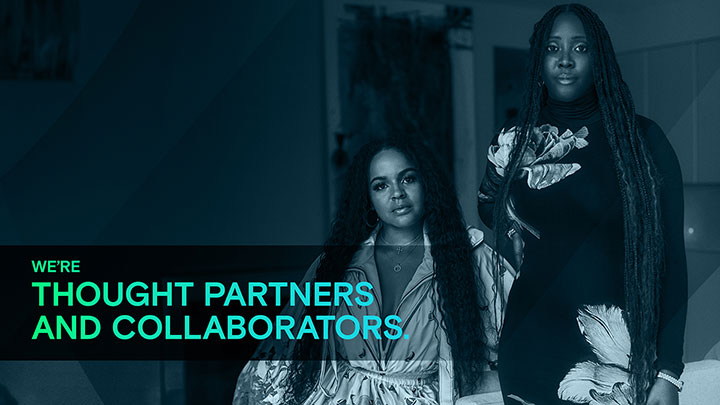
Putting Production First with 1Park9
At the intersection of creative and execution, you’ll find 1Park9. Not surprisingly, it’s in the neighborhood of ...
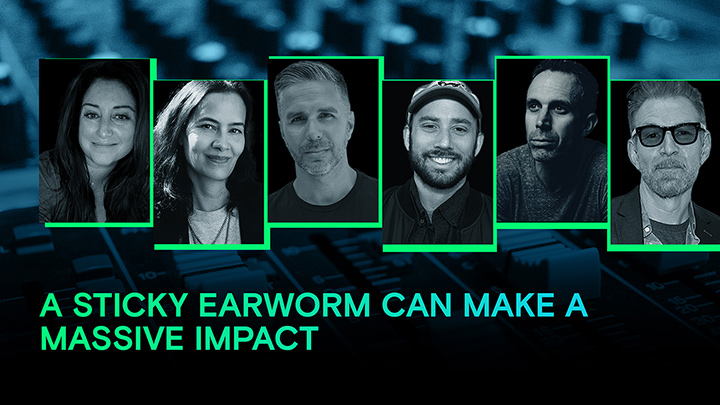
Music & Sound EPs Say ‘Don’t Devalue the Creative Process’
Sonic expression is integral to this industry. Whether it's for a feature film or a TV spot, the use of music can...

A hot topic for Agency Heads of Production? Take a Guess.
As the industry continues to recover from the effects of the pandemic, more and more people are spending time togethe...

